California is known for many things — sunny beaches, stunning landscapes, immense biological diversity, and, of course, the best fish tacos north of Mexico. The Golden State attracts millions of people from all over the world, to visit and to live. In fact, California is home to nearly 40 million residents, the most of any state in the country.

Such a large population, combined with rapid urbanization, was part of what led to the first cases of smog in Los Angeles. In the sixties, there were so many complaints from the community that the Mulford-Carrell Air Resources Act was born, creating the California Air Resources Board (CARB), in 1967. Clean air policies started creating enforceable regulations, and significantly improved air quality around the state.
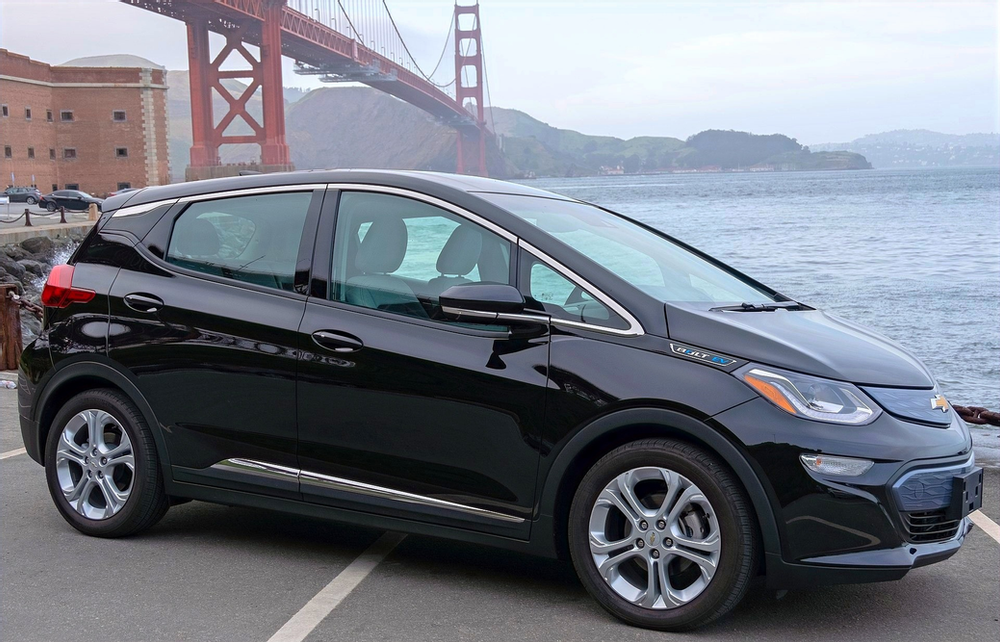
Today, California is still known for having some of the strictest environmental regulations that aim to protect environmental and human health. Vehicle emission standards are the most rigorous in the nation. And a recent CA vehicle mandate has taken it even further: by 2035, all new cars sold in CA must produce zero emissions.
Climate policy like California’s cap-and-trade system has also significantly reduced greenhouse gas emissions from industrial pollution. And a state assembly bill called AB 617 has great potential to increase air monitoring capacity in communities overburdened by pollution.
California has made considerable progress on air quality, but still has a long way to go. There are massive manmade problems to contend with, like the state’s pesticide-addicted agricultural system and car-saturated transportation system — which exist on top of inherent geographical challenges, like California’s terrain and regional microclimates. The good news is, transportation and agriculture are things that communities have some control over, especially at the local level — so they can be improved if we push hard enough.
Does California Have Bad Air Quality?
Unfortunately, air quality monitoring and measurements tell us a plain fact: California has some of the worst air quality in the United States.
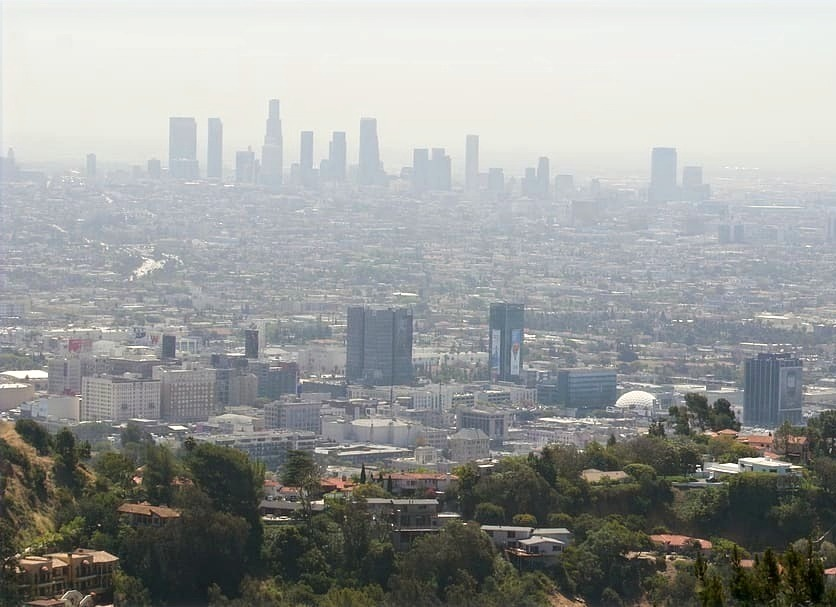
According to the American Lung Association, the top six most polluted cities are in California. Infamously, LA has the worst ozone pollution. Bakersfield has the worst year-round particle pollution. Fresno has the worst short-term particle pollution. There’s polluted air in most of the state, even remote areas; it can travel thousands of miles, affecting millions of people.
Fast Facts About CA Air Pollution
- At least 75% of Californians regularly breathe unhealthy outdoor air.
- In Southern California, more than 5,000 premature deaths are associated with diesel exhaust.
- Asthma is the leading cause of school absenteeism.
- Passenger vehicles make up one-third of the state’s greenhouse gas emissions.
Health Effects of Polluted Air
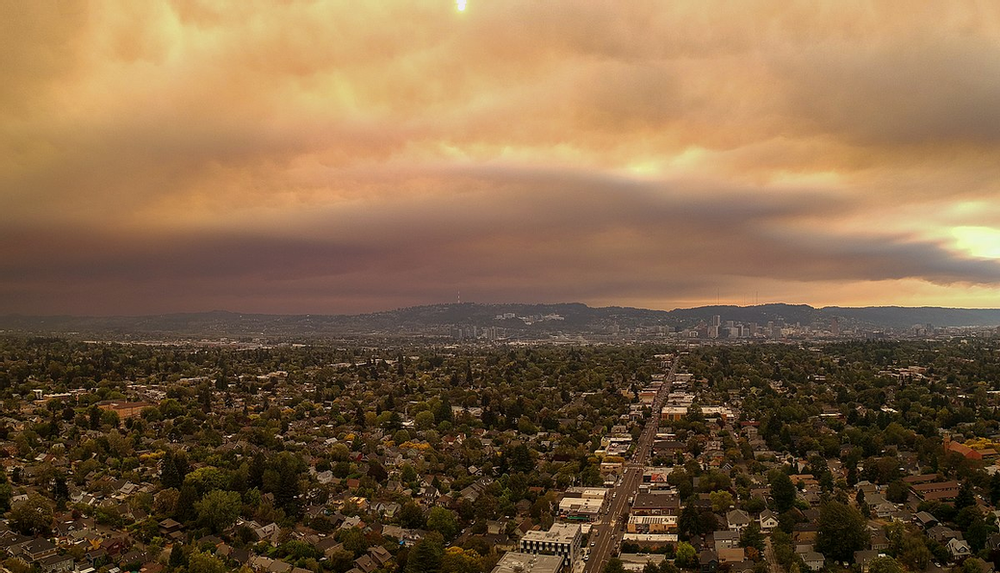
Sometimes air pollution is astonishingly visible, like the apocalyptic orange skies during wildfire season, or a mountaintop view of the smog-covered city below. Other times, the pollution is invisible but felt throughout frontline communities, who often suffer from respiratory problems like asthma.
Polluted air most severely impacts vulnerable populations like children, the elderly, and people with pre-existing respiratory issues, cardiovascular diseases, and compromised immune systems. Children, in particular, are susceptible to developing conditions like asthma and can suffer their entire lives due to bad air quality.
Here are some health effects associated with exposure to polluted air:
- Coughing
- Throat irritation
- Eye irritation
- Nose irritation
- Airway inflammation
- Chest pain
- Asthma
- Reduced lung function
- Lung cancer
- Problems with babies at birth
- Premature death
Where Does Air Pollution Come From?
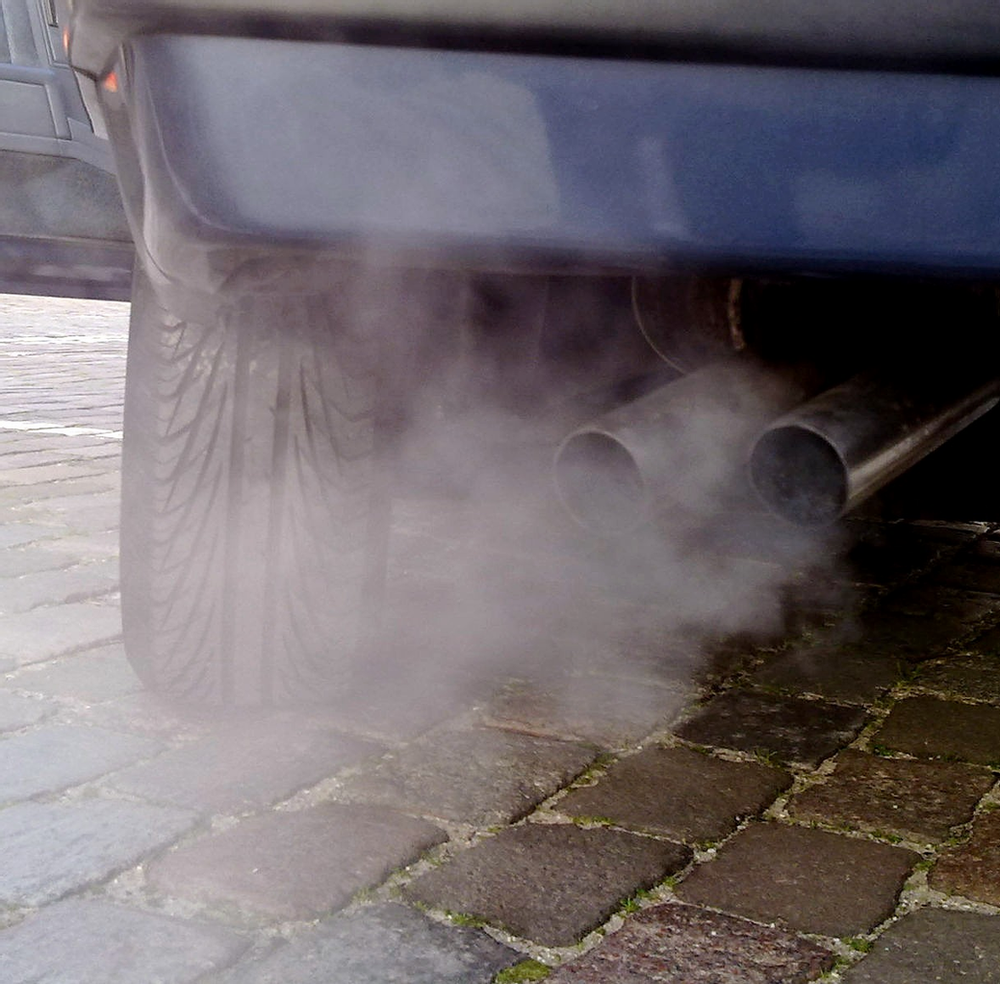
Ozone and particle pollution are the most directly harmful to human health. Ozone is formed by chemical reactions in the air between nitrogen oxides and volatile organic compounds, which are typically emitted from cars, industrial facilities, and other sources. For the reaction to occur, there needs to be sunlight and heat. So it’s no wonder we see so much smog in the air on hot, sunny days — especially while driving in traffic, and especially in population-dense areas like LA.
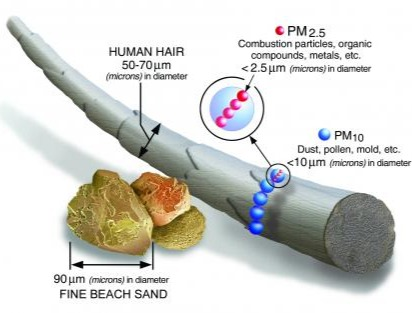
Particle pollution (also known as particulate matter) can get into our air in a variety of ways, such as forest fires, or when gases emitted from cars, power plants, and industries react in the air. Particulate Matter 2.5 (PM2.5) is particularly harmful since the particles are so tiny; when inhaled, they can enter the bloodstream through the lungs, causing long-term damage throughout our bodies.
,,,,,,Main Causes of Air Pollution in California
The Terrain
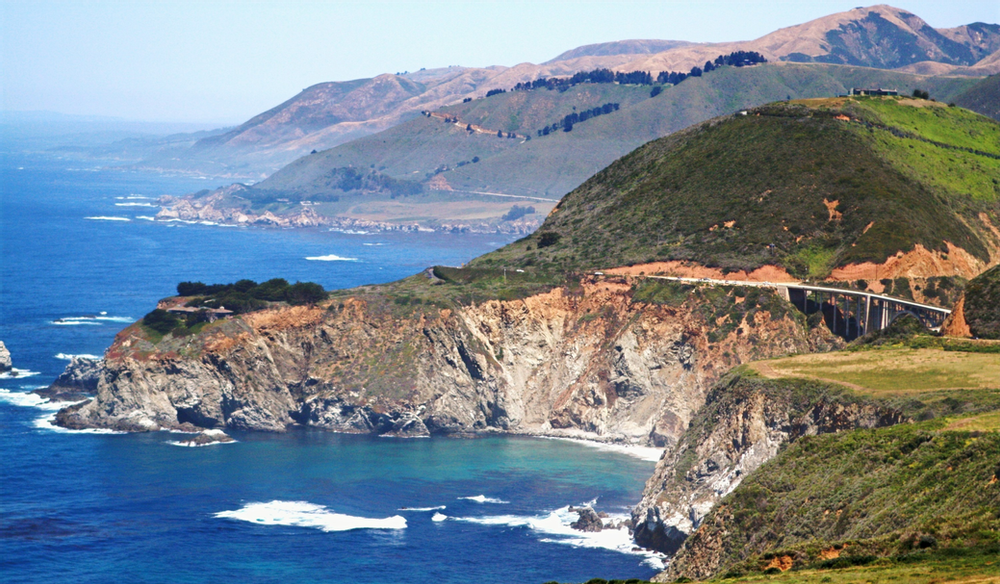
The natural beauty of California is truly awe-inspiring. Its terrain is sculpted by six glorious major mountain ranges, dozens of fault lines, countless valleys, and 3,000 miles of breathtaking coastline. And each geological feature plays an important role in shaping regional climates and air circulation.
Mountains are a key part of what makes the California landscape so diverse. For instance, they block wind flow and humidity. When one side of a mountain faces the ocean, the opposite side (not facing the ocean) has a very dry climate. This phenomenon is called the rain shadow effect, and it can be seen throughout California. Death Valley, one of the driest places on Earth, is because of a rain shadow.
In areas near the coast, marine fog and winds circulate and clean the surrounding air. In 2015, the city of Salinas, despite being one of CA’s top agricultural producers (using plenty of pesticides), was still reported to have the cleanest air in the state, due to its close proximity to Monterey Bay.
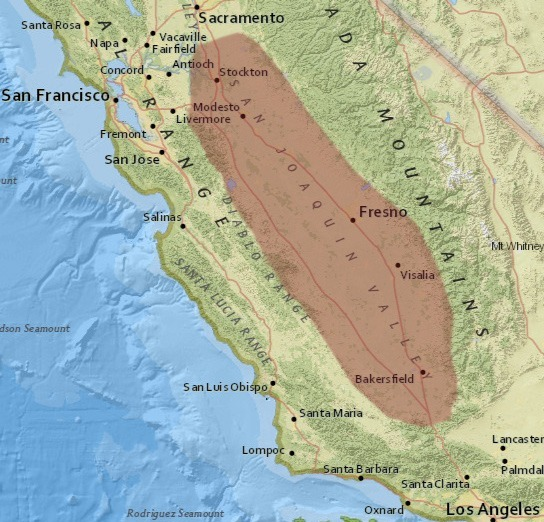
But as soon as you cross the Diablo mountain range, you can notice a big change in the regional climate.
The mountain barrier prevents fresh ocean air from reaching the San Joaquin Valley. It prevents the polluted air there from getting thoroughly filtered and cleaned.
Instead, the Valley’s air pollution gets more and more concentrated and harmful to the people living there.
Overall, the physical qualities of valleys do not help foster good air quality. Mountains block valleys from natural air filtering systems, which traps pollutants and makes dry, hot weather almost the norm. These effects will only become more extreme as our global climate continues to heat up, intensify weather events, and increase the number of bad ozone days.
Wildfires
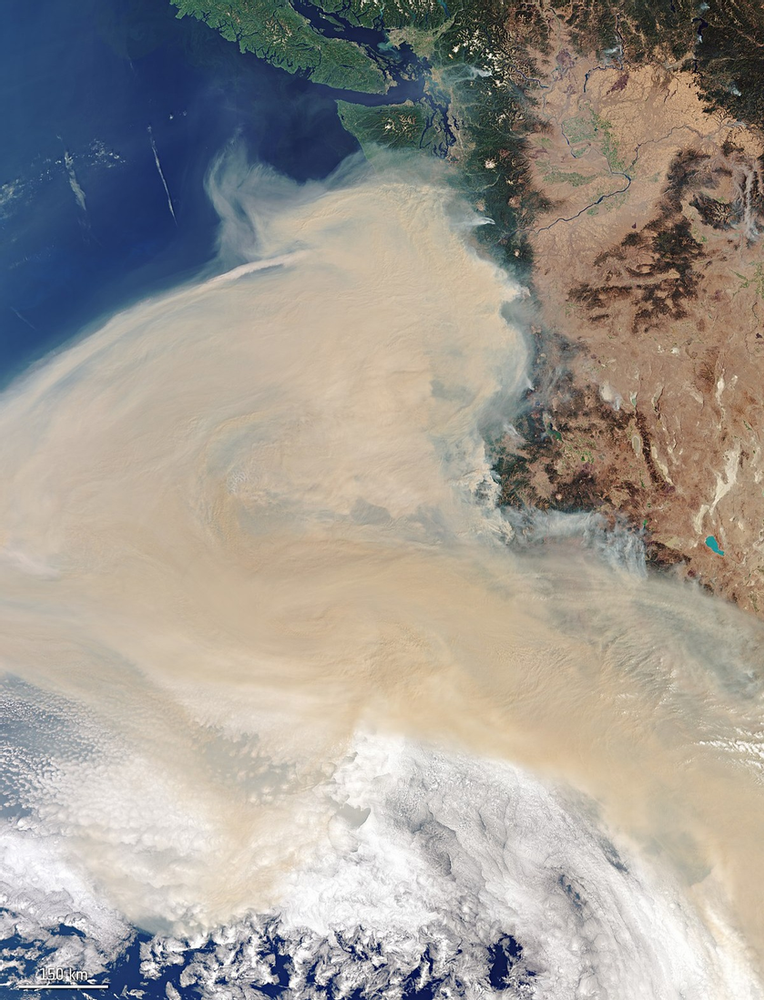
In late summer 2020, headlines around the world were dominated by the colossal plumes of wildfire smoke blanketing the entire west coast.
Thousands of people had to evacuate, and millions were breathing the worst air in the world for weeks on end.
At least 1,200 people died from exposure to the smoke — almost 50 times more than the lives lost due to direct fire destruction itself.
Everyone was asking, how did we get here? Why has the wildfire situation gotten so out of hand?
Wildfires are a naturally-occurring, beneficial phenomenon in many western ecosystems, but climate change means hotter, dryer summers — so when the winds come in the fall, all the forests’ dry plants fuel mega-fires. And, it certainly doesn’t help that the state and federal governments have neglected proper forest management for more than a century.
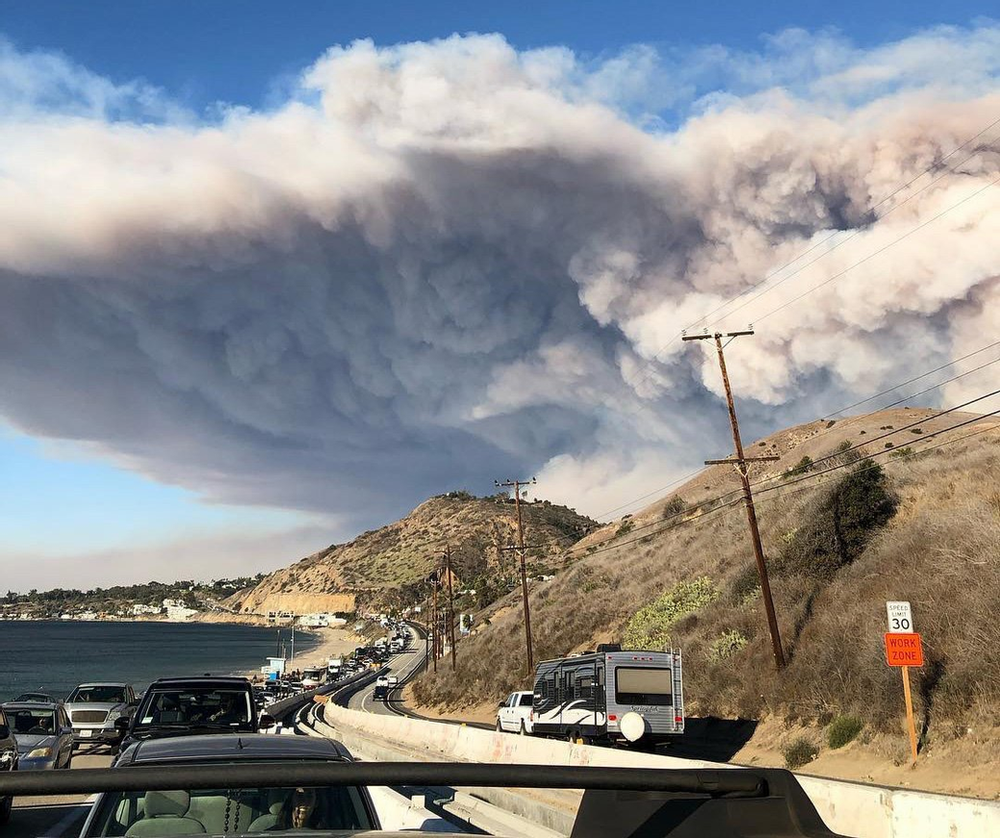
Another reason wildfires have grown far more likely to come into contact with people is suburbanization: people living at the wildland-urban interface risk toxic smoke inhalation, not to mention losing their homes, their town, their livelihoods, and even their lives. Since wildfire smoke is very likely to contain harmful PM2.5, hospitals tend to see a spike in people with respiratory dysfunction during wildfire season.
Agriculture
Pesticide use is almost at record highs in California, with hundreds of millions of pounds being used every year. California’s Central Valley is one of the most fertile regions in the world. All the airborne chemicals used in industrial agriculture are more likely to linger in valleys, further endangering people’s health.
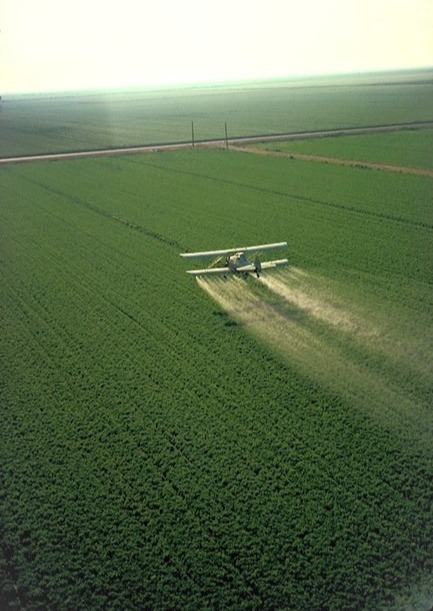
Pesticides often miss or drift off their intended target crops and affect nearby waterways and communities, potentially drifting for miles. Air monitoring studies show that Californians frequently come into contact with pesticide concentrations that far exceed what’s considered a safe level of exposure. Certain pesticides can also directly increase ozone formation and contribute to smog pollution.
Pesticide exposure can can cause many negative health effects, including brain and nervous system damage; birth defects; reproductive problems; cancer; and damage to the liver, kidneys, lungs, and other organs in the body.
To learn more, check out SpaceshipOne’s related post about ,the link between pesticides and air pollution.
Transportation
Anyone who’s driven in LA rush hour traffic can tell you — it’s not a fun experience. Thousands of cars are all sitting, bumper-to-bumper, on a multi-lane highway. During the scorchingly hot summer months, windows are rolled down and the distinct smell of gasoline permeates the air. In 2017, the average LA resident spent over 100 hours enduring these traffic conditions. Emissions from all the cars heavily contribute to bad air quality, in LA and beyond.

So, why does everyone drive in California? A lot of the reasons stem from how we’ve designed our cities. The multi-trillion-dollar automobile industry has had an oversized influence on urban planning, especially in SoCal, leading to an expansive freeway system and low-density sprawl around cities. Add in under-funded public transportation, and we get widespread dependency on personal vehicles.
Unsurprisingly, California is the state with the most cars in the entire country. About 15 million were registered in CA in 2018 alone. For reference, that’s more than the total number of registered cars in Texas and New York, combined! Aside from passenger vehicles, pollution-heavy diesel trucks — carrying agricultural produce and other goods — travel from coastal ports to other places in California and the rest of the country.
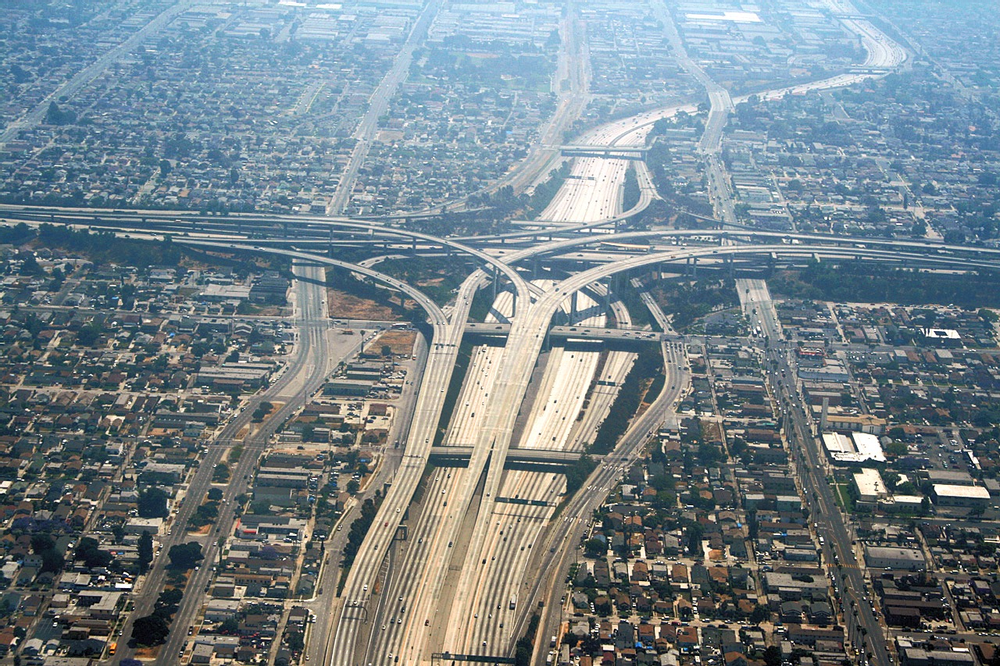
This transportation system has meant some communities are forced to bear the burden of pollution more than others. Most US highway construction has deliberately been located in or near marginalized communities. In many cities, including Los Angeles, whole neighborhoods were torn down as part of so-called “slum clearing”.
,,,,,,Environmental Injustice
People who live near freeways, highways, and interstates — often low-income people and people of color — suffer chronic, even lethal health impacts from breathing the car and truck emissions every day.
Throughout the United States, polluted air disproportionately impacts low-income communities already burdened by socioeconomic stress and poor health. California is no exception. Communities throughout the state suffer from poverty, unemployment, and homelessness. These communities are the most likely to be exposed to pollution sources like refineries, highways, and pesticides.
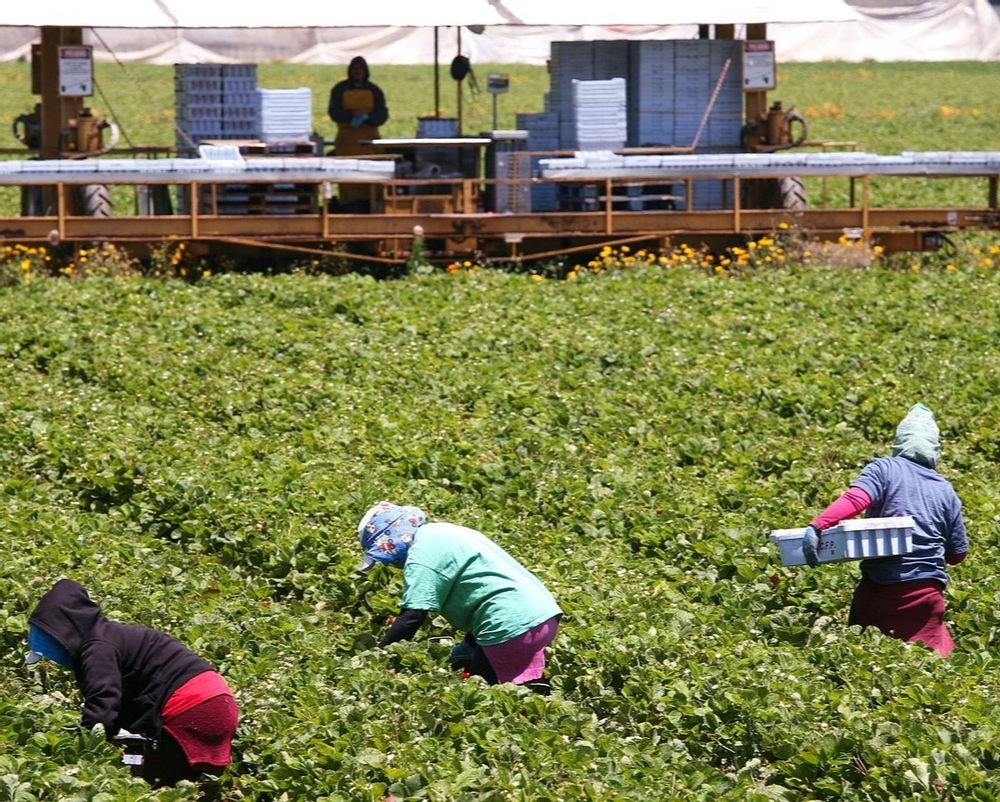
Agricultural workers throughout the Central Valley have direct and frequent contact with dangerous pesticides. Residents in South LA rely on respirators to breathe because of several interstates surrounding the area. A coal transport corridor has been proposed in Oakland, where the community already deals with elevated levels of air pollution and children suffer high rates of asthma.
Bakersfield hosts oil refineries with several Clean Air Act violations that endanger nearby communities. Border communities, like Imperial County, face the brunt of idling car pollution from the international checkpoint and from under-regulated manufacturing industries in Mexico.
Air pollution has lifelong effects, but it can be exacerbated by a lot of other problems. It can be accompanied by food deserts or water contamination. There’s a helpful tool called CalEnviroScreen, which inventories all the toxic exposures and social disadvantages a specific community endures, to inform advocacy efforts and policy improvements.
,,,,San Joaquin Valley: A Long Road to Clean Air
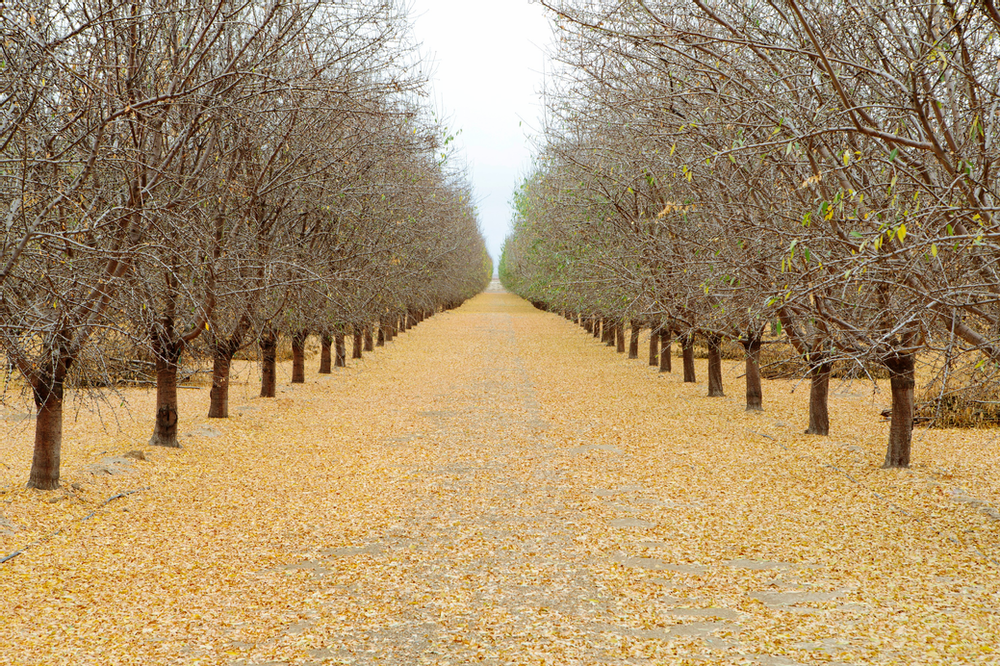
The San Joaquin Valley is the most agriculturally productive region in the world, providing approximately 50% of the nation’s fruits and vegetables. While the warm weather is ideal for growing crops, the mountain barriers and low wind speeds are not ideal for air quality: they trap air pollutants, and sunlight fuels the chemical reaction for ozone.
The primary polluter is the dairy industry: confined animal facilities emit volatile organic compounds, a key ingredient for ozone. Plus, major highways and interstates run through the Valley, with diesel trucks carrying goods to and from all over the state, emitting particulates and ozone-forming chemicals.
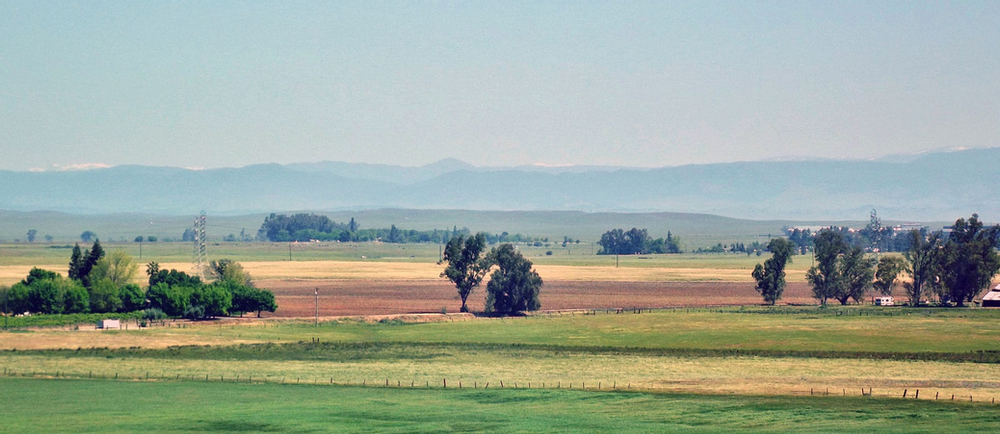
The people living in the San Joaquin Valley are acutely aware of how bad the air is. Some people even measure it by whether or not they can spot the mountains outside their window. One out of every six children has asthma.
But air quality is not the only health hazard they face: the region has the highest rate of undocumented immigration along with high unemployment and poverty. Research has shown poor health outcomes due to these social factors.
It can be overwhelming, and prioritization can differ based on the intensity of pollution-related illnesses. Advocacy groups are working towards solutions by creating channels for community engagement. AB 617, which would support air monitoring systems in vulnerable communities, is a step in the right direction. However, California still has several hurdles to overcome to achieve clean air for everyone.
Help Improve Your Local Air Quality
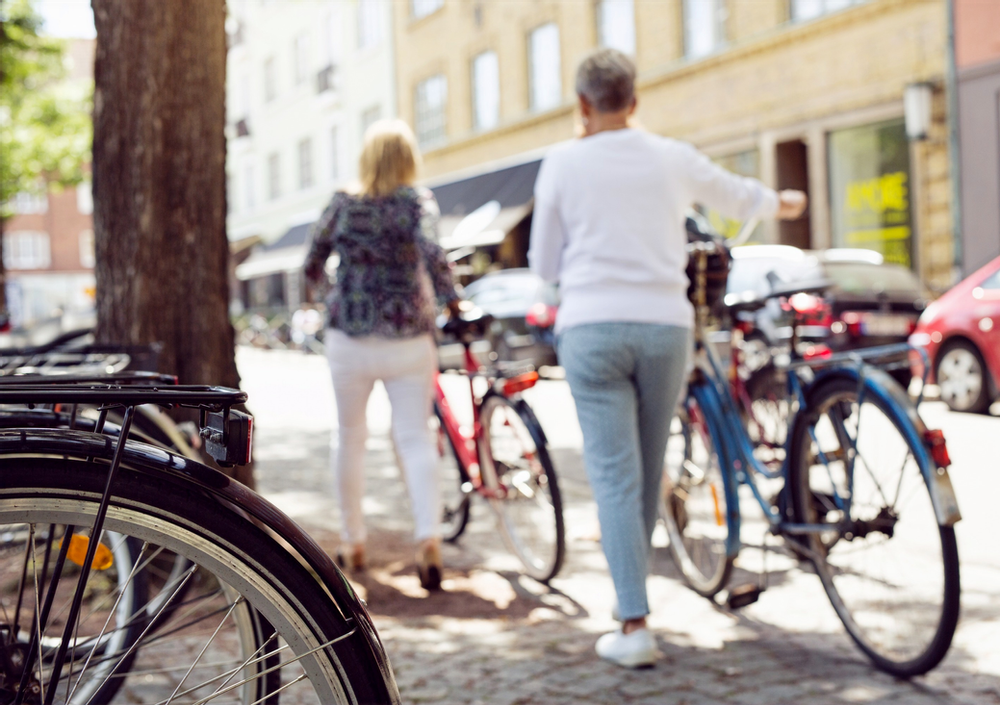
One major way we can actively reduce air pollution in our communities is by driving our cars less, or more efficiently. The California Air Resources Board provides several recommendations to keep in mind:
- Walk or ride a bike when possible.
- Take public transportation.
- Organize and condense errands into one trip.
- When driving, accelerate gradually and obey the speed limit.
- Drive less, particularly on days with unhealthy air.
- Maintain your vehicle and keep your tires properly inflated.
- Support the Smog Check Program.
- Report smoking vehicles to 1-800-END-SMOG.
- Travel lightly and remove any unnecessary items that may weigh down your vehicle.
- Limit idling your vehicle to no more than 30 seconds.
- When in the market for a new car, look for the most efficient, lowest-polluting vehicle or even a zero-emission electric car.
